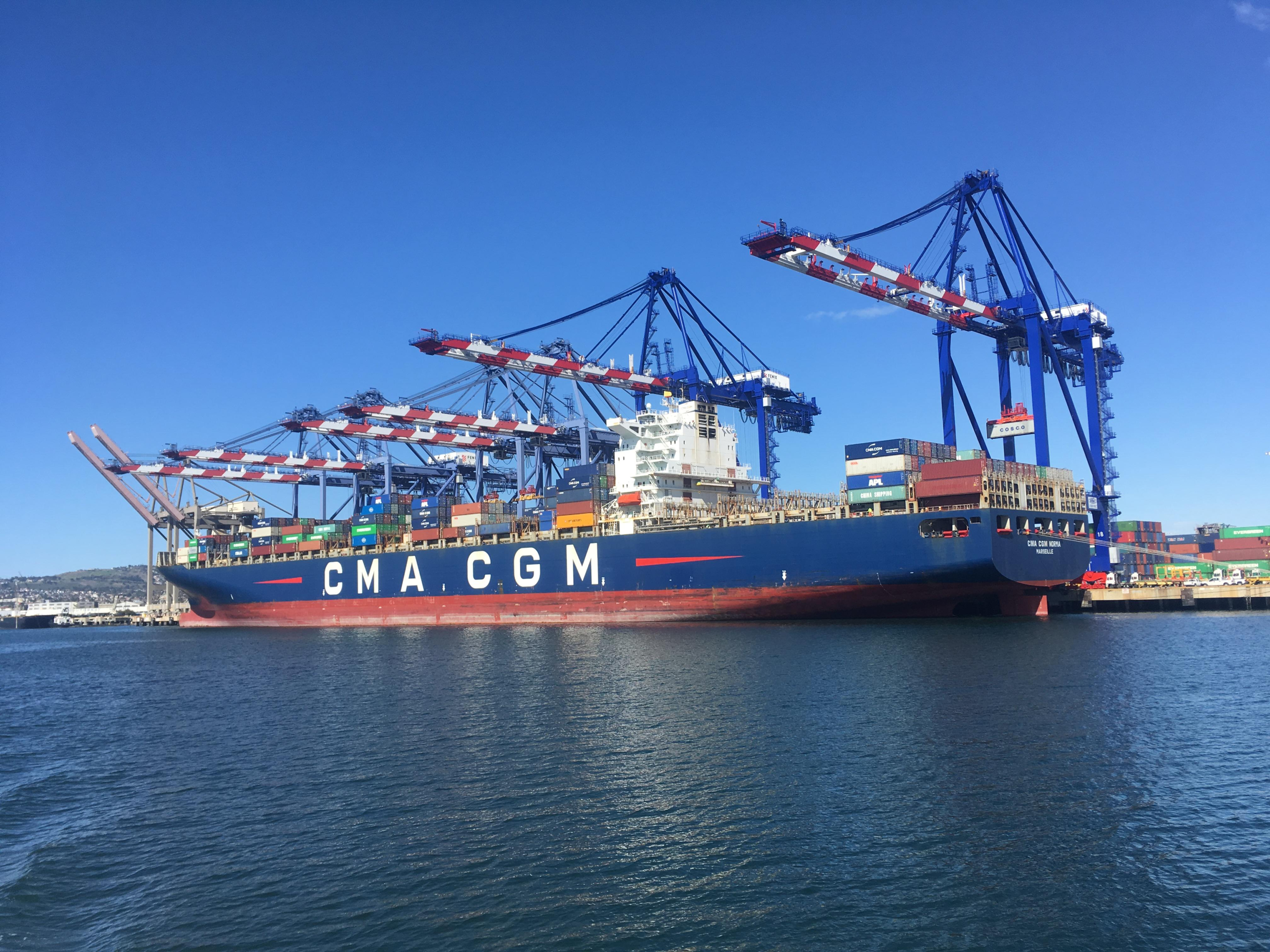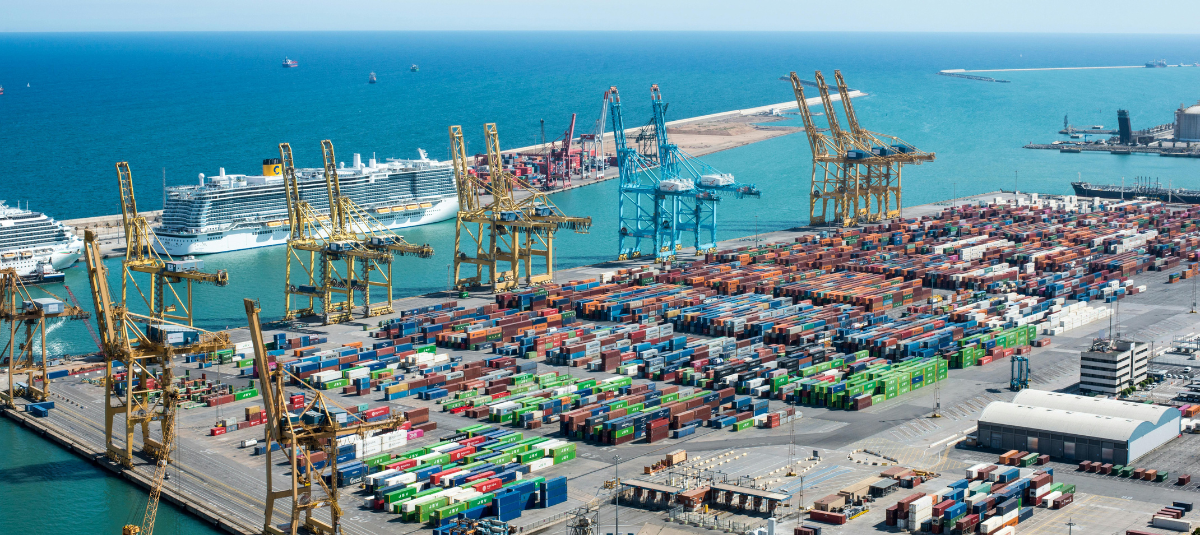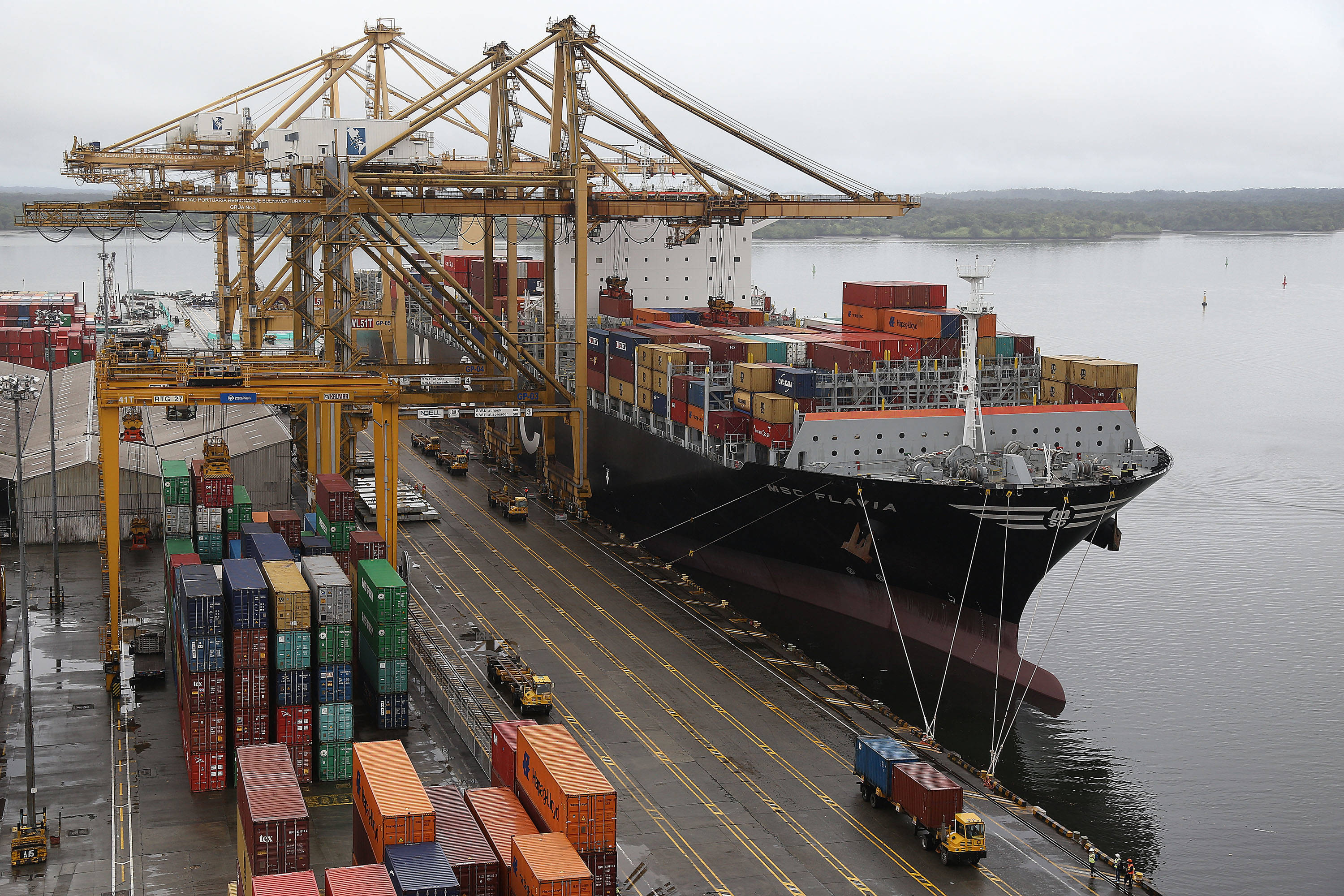Trade war and domestic agenda take their toll on foreign trade logistics in Colombia.

Supply chain disruptions at sea, air, and land levels are putting companies in the foreign trade sector in a difficult position. While ocean freight rates average around $2,100, geopolitical factors could increase their prices in the coming months.
"We have analyzed that, both at sea, in the air, and on land, the world and Colombia are facing changes that could push up logistics costs, due to factors linked to the trade war, as well as the domestic agenda that the country has not yet developed as it should," said Javier Díaz Molina, CEO of Analdex.
On the maritime transport side, there are variables to consider, such as tariffs, geopolitical risks (conflicts in Gaza, Russia-Ukraine), the ongoing situation in the Red Sea, port congestion, and reconfigured maritime alliances (Gemini, MSC, and Premier Alliance are adjusting routes).

Photo: Carlos Arturo García M.
Meanwhile, according to Drewry, the average freight rate for a 40-foot container is $2,076, which is relatively low compared to the peaks of $5,000 seen in recent months.
"The pressures of the trade war could result in potential impacts such as the reconfiguration of shipping routes due to reduced volumes; uncertainty in inventory management; increased costs and logistical complexity; and volatility in freight rates," said Javier Díaz.
Additionally, in the trade war, there are specific tariffs on logistics from the United States to China, with tariffs on Chinese vessel owners and operators based on net tonnage per voyage in the United States and other tariffs on operators of Chinese-built vessels based on net tonnage or containers.

Photo: Provided
China is the global leader in the logistics sector, with 32 percent of the global container ship fleet built in the Asian country and seven of the world's 10 largest shipping companies operating there.
In air transport, uncertainty stems from limited capacity in 2025: e-commerce and direct-to-consumer are putting pressure on demand for freighters, and there are challenges in the supply chain, as problems persisting in the delivery of new aircraft due to manufacturing delays, limiting airlines' ability to renew fleets and improve efficiency.
On the other hand, regarding land transportation, "the country's internal logistics development agenda has not been developed. Multimodal transportation has not advanced, and land transportation has been complicated," said Javier Díaz.

Photo: Santiago Saldarriaga. EL TIEMPO Archive
Logistics costs represent 17.9 percent of the final product's value and could increase to 20 or 22 percent with the proposed modifications. This would put the country at a disadvantage compared to OECD countries, which have average logistics costs of 8 percent.
Likewise, Analdex asserts that issues such as logistical and operational hours, the one-to-one mechanism, and mandatory compliance with Sice-Tac are elements that hinder the country's foreign trade competitiveness.
eltiempo





